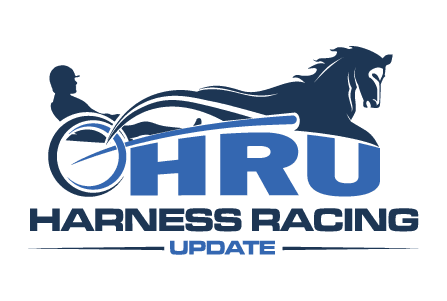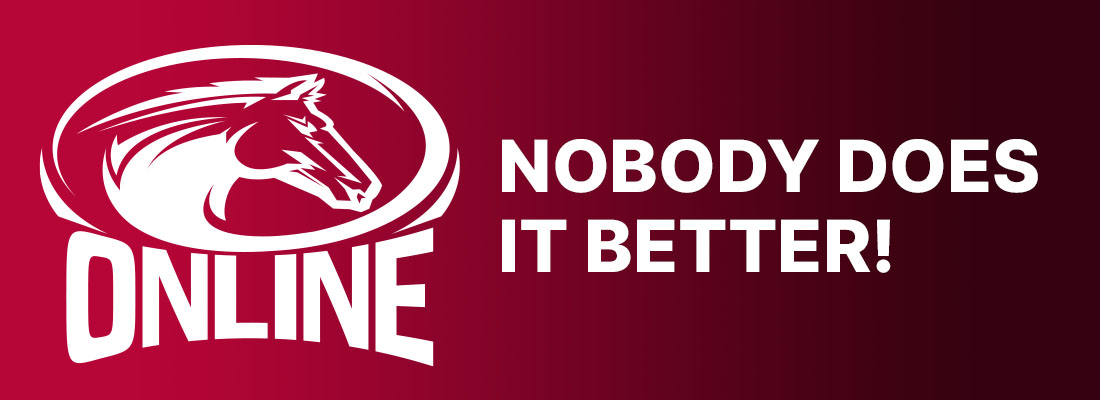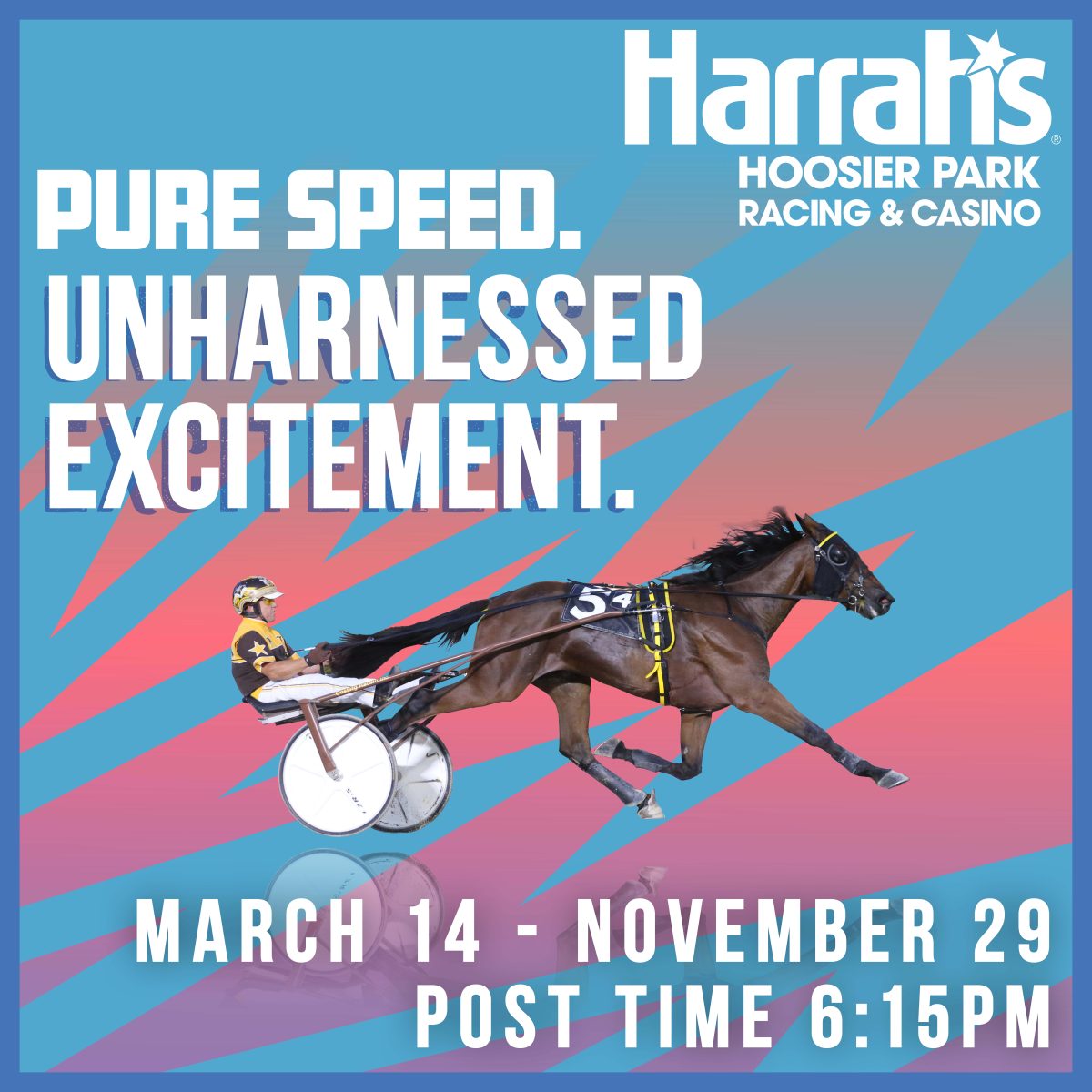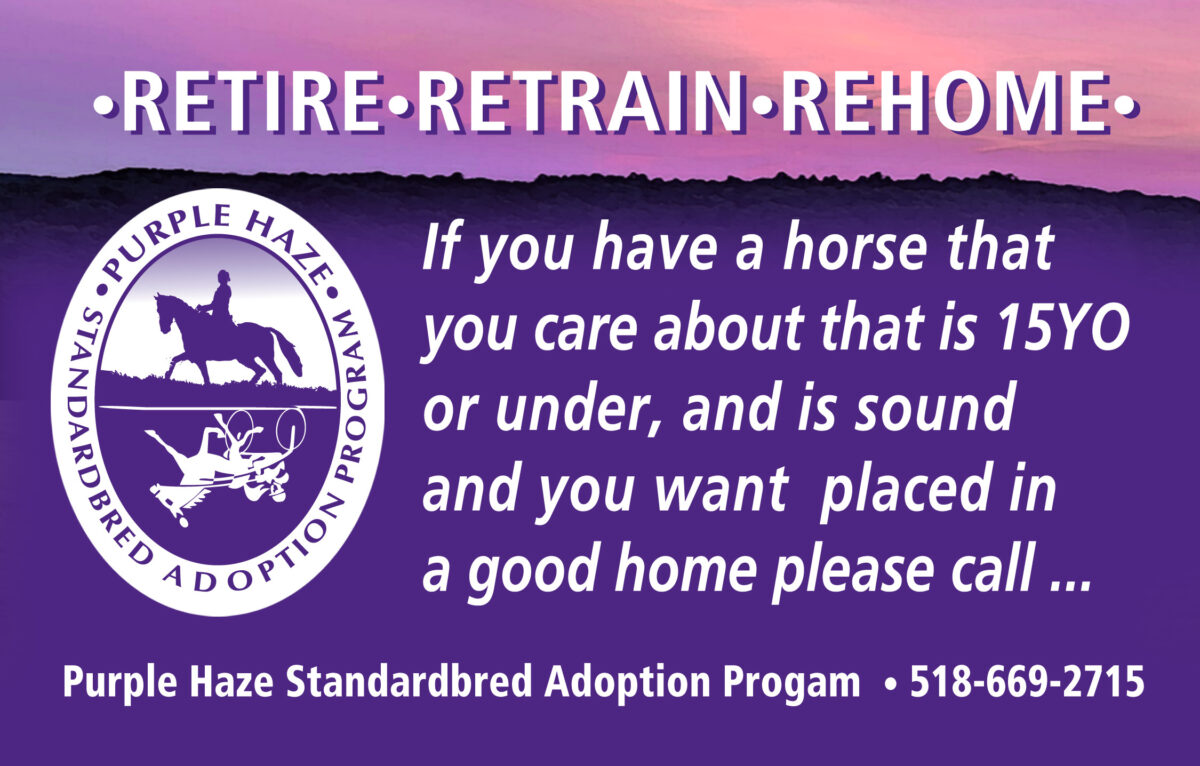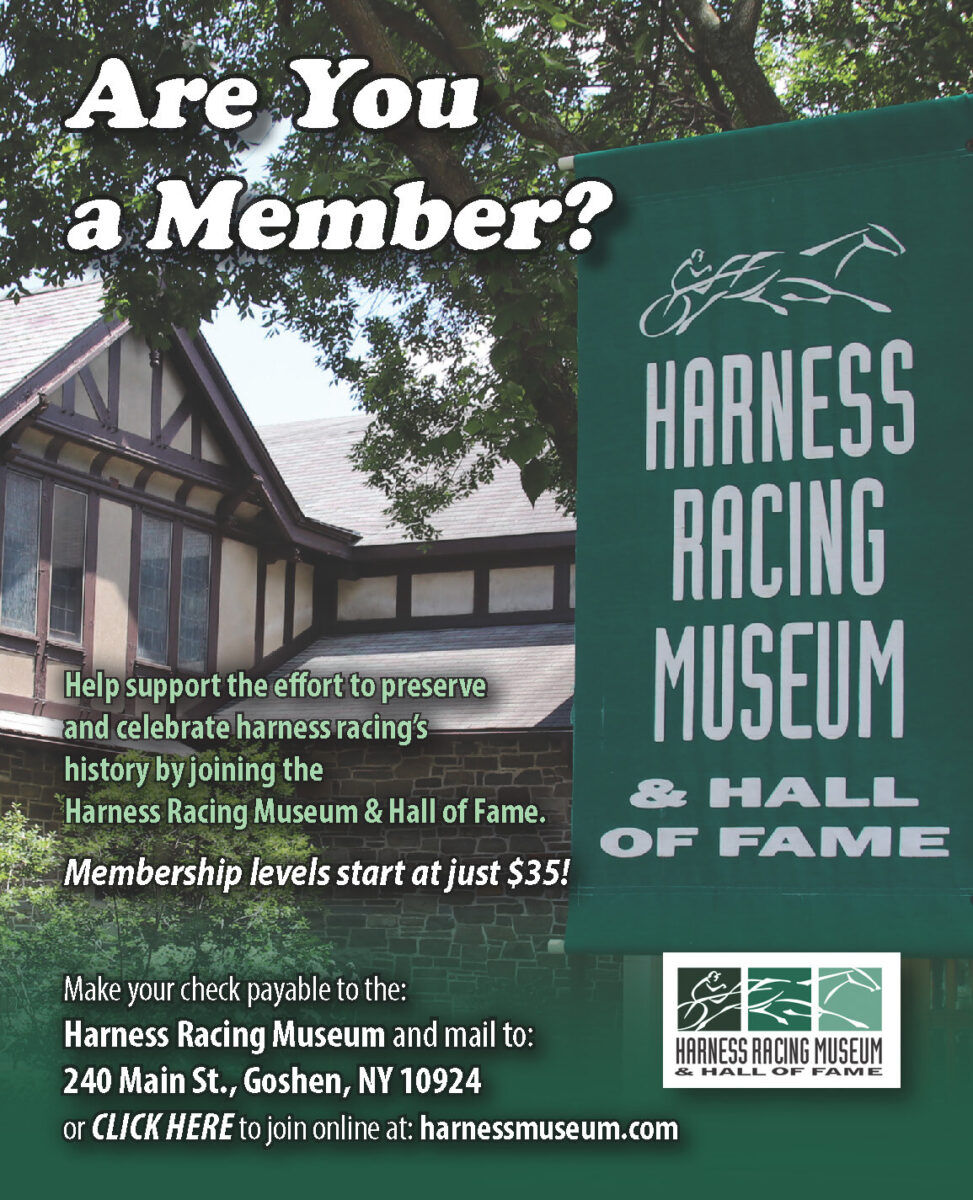A Hansom idea
by Trey Nosrac
It is 8:50 a.m., and you are listening to National Public Radio station 89.7 FM. It’s time forBehind the Business.
Theme music intro (5 seconds)
Hello! I’m Sarah Thomas, your host for Behind the Business. Today, we will discover how William J. Danforth turned his love for retired racehorses into a popular and profitable business. Mister Danforth, welcome to the program.
“Good morning, Sarah. Please, call me Bill and thanks for visiting.”
I want to report to our listeners that Bill and I are at the open doors of a beautiful barn, sitting on bales of hay or straw. Which are these?”
“These are straw for bedding the floors of the stalls.”
I want to remind our listeners that we will post videos and photos from this episode on the Behind the Business website. Let me set the scene for you. As I arrived this morning, I saw a renovated farmhouse and four large barns. Each barn has a fenced-in corral. Beyond the fences, I see patches of farmland as large as football fields. Woods surround this beautiful property. Also, I saw a few paths that look much like oversized golf cart paths. Some of these paths disappear into the woods. Bill, this farm is in the middle of nowhere. Where are your neighbors? Why this location?
“Remoteness was part of my business plan. Still, this farm is only three miles from Millersburg, which has restaurants, hotels, and shops. More than one million people are less than a ninety-minute drive away.”
Before we talk about THIS business, while doing my homework, I read that a PREVIOUS invention of yours generated funding that allowed you to start this one.
“Yes and no, Sarah. I indeed hold the patent for a machine used in laser eye surgery. Some may call it an invention, but I think of it as a device solving a problem. However, this farm, this business, does not depend on the revenue from my patent. I planned to create a stand-alone company to solve another problem.”
Problem?
“About 10 years ago, I became involved in harness horse racing, a quirky sport filled with great people. I truly enjoyed purchasing young trotting horses and racing them. I found every facet of the sport fascinating, but a problem took me out of the game. “
A problem involving the sport.
“No, a personal problem – my emotional attachment to my horses. The day I bought a yearling, I began planning for their placement after racing or even if they did not race at all. Making sure my horses had post-racing homes was essential for me. I gave horses away, gave fillies to breeding farms, even found placement for a horse with a civil war cavalry re-enactor. They needed to have good lifetime homes.”
Accumulating retired horses was the problem that took you away from the racetrack?
“It was. The constant placement of horses became a hassle. Emotionally, saying goodbye took its toll on me. Most people in racing get used to the continuous churning of horses and they build up some immunity. But the lifelong responsibility of horses is a problem for certain people.”
So, you are a PETA person?
“Not particularly. From what I have seen, racehorses live good lives compared to most other commercial animals.”
Much better than pigs or cows?
“That is an age-old philosophical discussion, but racing owners and trainers need to cull the herd for business purposes. Participants are not cold-blooded. Almost everyone I encountered respects and appreciates the horses, but the bottom line is that owners cannot keep non-productive horses.”
So, you bought this farm to give them lifelong homes?
“No, not exactly. I thought about buying a farm for my retired racehorses. I could afford the costs, but merely warehousing these horses felt inefficient and wasteful. These horses had more to offer than just standing around. I believed that somehow my retired trotting horses could bring in revenue. They could earn their keep while living fuller lives.”
Your problem was how to make retired trotting racehorses productive?
“Exactly. The answer originated in childhood memories. I grew up in Philadelphia and Baltimore, but I remember my dad taking me horseback riding in the country. They are great memories, especially for a city kid. I remember the sounds, sights, smells, the excitement, and the magic of the horses. Everything stuck in my mind.
“Like many things almost a half-century ago, running a riding stable was a reasonably straightforward process. My dad handed over some cash to the farm owner, and a teenage girl or boy brought out a pair of saddled horses for my dad and me. They were usually docile swaybacked horses. We were helped onto our horses and then plodded down the path. No helmet, no lessons, no paperwork, no directions, except maybe, ‘Be back in thirty minutes, or we charge you extra.’
“Of course, falling off a horse is dangerous, especially for greenhorns. It is a long way from a saddle to the ground. Riding stables had accidents. Times changed, and those mom-and-pop riding stables disappeared because a single lawsuit could lead to prohibitive insurance rates. Riding stables are rare today, and the few that exist are much different.”
But you kept looking for a solution to your problem?
“I did. My first thought was that since retired racehorses had been in harness all their lives, maybe I could sell customers buggy rides. However, from the start, this idea never appealed to me. Passengers would find a driver sitting in front of them, an experience that did not appeal to me. And the liability aspect was still a problem. I learned that horse-drawn buggies and four-wheeled carts are still potentially dangerous vehicles. I had a sense of my game plan, but it took Sherlock Holmes to unlock the mystery.”
Sherlock Holmes?
“I love Sherlock Holmes books and movies. One of my favorite parts was always when Holmes and Watson stepped out of 12 Baker Street where a horse-drawn cab was waiting to whisk them on to adventure. They would climb inside, close the half-door, and Sherlock would tap the roof of the cabin with his cane and bark to the driver seated above and behind the passengers, ‘To Manchester Square my good man, and be quick about it, the game is afoot.’ Do you understand what I’m babbling on about?”
I do! Holmes and Watson would trot off down brick streets into the foggy nights. Were there cabs like that?*
“Yes, tested and patented in 1834 by an architect from York, England named Joseph Hansom. They are unique vehicles called Hansom Safety Cabs that combined safety with agility. Safety was the game changer. With two large wheels and a low center of gravity, the cornering became stabilized. The cab interiors were comfortable, private, and weather resistant. The cabs ranged in style from very simple to very ornate. They were wildly popular in the Sherlock Holmes era. They were fast and light enough to be pulled by a single horse, especially on a solid, flat surface. The Hansom cabs were cheaper and safer than traveling in four-wheel coaches.”
Hansom Cabs were the ingredient that made your idea doable?
“From the instant the vehicle jumped into my brain, I never had a doubt. The business model took five minutes – Hansom cabs, drivers, paved lanes, and wooded paths would combine to create a wonderful experience for passengers. Weather is not a problem. We book more rides in the winter because people love to bundle up under blankets. The passengers do not need to steer. They can reserve a narrated tour, a nature tour, or a trip where the driver does not speak. We are also thinking about a cab ride through the woods to Millersburg, where passengers step out and have lunch or dinner.”
Did you expect it to be profitable?
“Absolutely. I put myself in my customers’ seat and asked the question, “Would I pay $150 for a thirty-minute ride in a Sherlock Holmes cab through country lanes and woods?” I never doubted that others of all ages and interests would see this as an enjoyable and repeatable experience, well worth the value.”
And the startup costs?
“Very reasonable because this farm is a lease. The landowner continues to operate, so my lease is minimal. The horses are either my horses or are retired horses donated from other owners. The drivers are paid by the trip and double up by doing barn work between rides.”
Where did you get the Hansom cabs?
“That was my significant capital investment. At first, I thought I would need to start from scratch, maybe hire a company to build them from Hanson’s blueprint. I was pleasantly surprised to learn that a company not far away produces them, so I ordered six. My next six cabs will have modifications such as lighter materials, different tires, and seat belts. They are awesome.”
And you were off to the races?
“Our problem is turning away business. We don’t want the riders to feel as if they are in a parade. We stagger trips, so passengers rarely see other cabs. I hired a farm manager. I’m looking at other farms, hiring more employees, and hope to find happy homes for countless retired trotting horses.”
And now that you have homes for your retired horses, did you return to racing horses?
“I did! I bought a yearling last month because now I know that he has a beautiful retirement home. Or maybe I should say the horse will have an excellent JOB in retirement.”
Another problem you solved?
“Indeed.’
One final question. After this interview, could you take me for a spin?
“No problem, Sarah, ‘The game’s afoot.’”
I love it! That wraps up another episode of Behind the Business. I’m your host, Sarah Thomas, and I am about to get in a cab behind a trotting horse and clip-clop down the lane. Join us next week for another episode of Behind the Business.
(Fade into theme music) 5 seconds.
